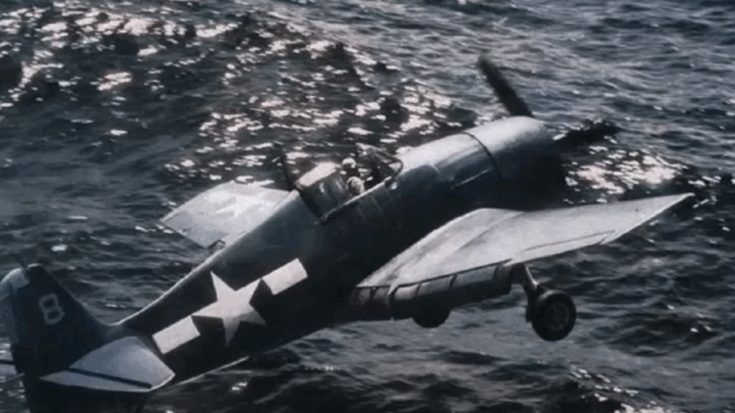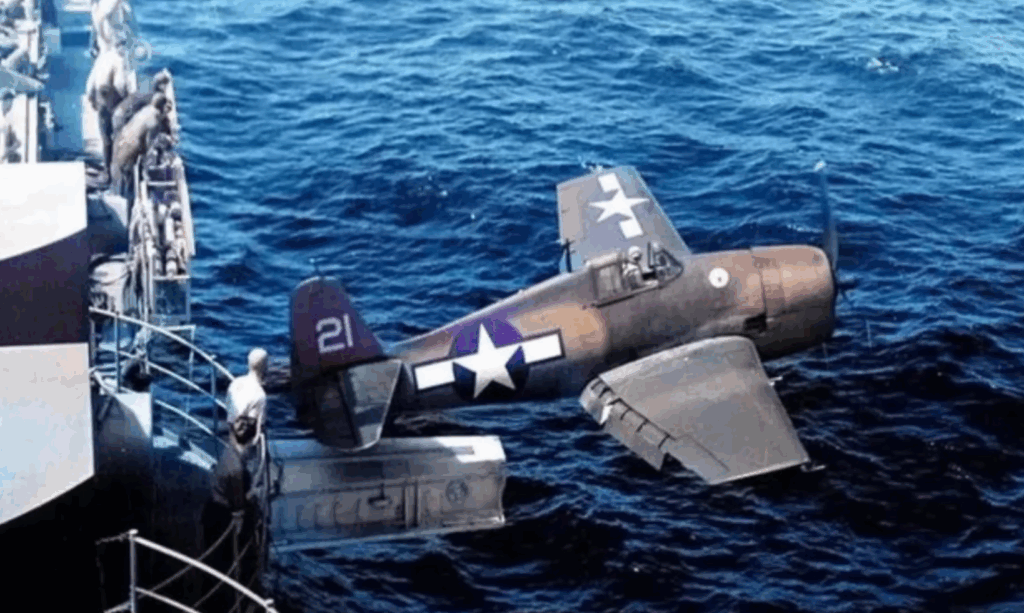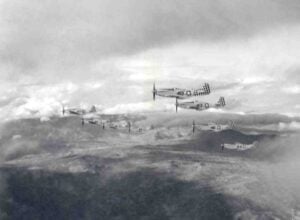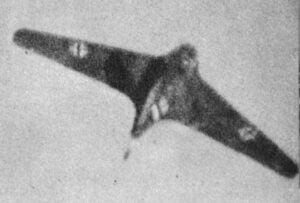The WWII Pilot Who Ignored Orders and Wiped Out 40 Enemy Planes Alone

Project Recover / YouTube
The Mission That Wasn’t Supposed to Happen
On September 12, 1944, Major Robert “Cowboy” Stout prepared to take off from the USS Hornet under the harsh Pacific sun. The deck buzzed with movement—deck crews shouting over roaring engines, the salty air thick with fuel fumes. Stout, already a veteran of 63 missions, was briefed for what seemed to be a simple task: fly over the small island of Peleliu, take reconnaissance photos of its northern airfields, and return to base. Intelligence reports claimed the airfields were abandoned or lightly defended.
But the reports were wrong. What Stout found would turn an uneventful flight into one of the most daring solo attacks of the Pacific War. His discovery—and his decision to disobey orders—would save thousands of American lives waiting offshore.

A Deadly Surprise Over Peleliu
Flying at 8,000 feet, Stout’s Hellcat swept over the island, its automatic camera clicking away. Below him stretched an airfield that should have been empty—but it was alive with movement. Dozens of Japanese aircraft, including Mitsubishi Zeros and Nakajima bombers, were lined up wingtip to wingtip, fully fueled and armed for an imminent strike.
Stout quickly counted at least forty planes. The sight chilled him. These aircraft were clearly preparing to attack the American invasion fleet steaming toward Peleliu. If they launched, the Marines preparing to land in three days would be massacred before reaching shore.
His training dictated one thing—radio in the discovery and wait for orders. But Stout knew the bureaucracy of command would cost precious hours. By then, the Japanese would scatter or be airborne. The opportunity was now or never.
A Lone Decision in the Sky
As he studied the field below, Stout spotted the enemy’s mistake. The planes were packed too closely together, surrounded by rows of exposed fuel drums. A single hit could ignite everything. The enemy, in its haste, had built an airfield that was a massive bomb waiting to explode.
Stout checked his ammunition—2,400 rounds, roughly twelve seconds of firepower. Not enough to destroy forty aircraft individually, but more than enough to light the fuse. He also knew the risk. Once he attacked, every gun on the island would target him. No reinforcements, no backup, no chance of rescue. But if he did nothing, the cost would be far greater.
He pushed the throttle forward. The Hellcat roared and plunged toward the jungle canopy.

Igniting the Sky
Flying barely fifty feet above the trees, Stout roared over the field. Japanese ground crews froze in confusion before diving for cover. He squeezed the trigger, and the Hellcat’s six Browning machine guns thundered. His first burst tore through a line of fighters; the second struck a cluster of fuel drums—and the airfield erupted.
Explosions chained across the tarmac as flames leapt into the sky. Each burning plane ignited the next. Within seconds, the entire row of aircraft vanished in a storm of fire and smoke. Anti-aircraft gunners fired wildly, but by the time they reacted, Stout had already pulled away.
He climbed, banked, and saw nearly half the field engulfed in flames. Yet several planes still stood untouched. Despite damage to his tail and dwindling ammunition, Stout dove again from a new angle. He fired into the southern end of the field, hitting bombers and fuel trucks. The resulting firestorm consumed everything.
One Pilot’s Strike That Changed a Battle
In just eight minutes, the northern airfield of Peleliu was wiped out. Forty enemy aircraft were destroyed in what became one of the most successful solo attacks in U.S. Navy history. When Stout finally returned to the Hornet, his aircraft was riddled with holes, the paint scorched, and every gun empty. His report stunned commanders—an entire air base, destroyed by one man.
Photographs confirmed the devastation. For his action, Stout received the Navy Cross for extraordinary heroism. But after the war, he lived quietly in California, rarely speaking of what he had done. His children grew up unaware that their father had single-handedly prevented an air assault that could have doomed thousands of Marines.
Decades later, historians rediscovered the mission reports. They now cite Robert “Cowboy” Stout’s decision as a masterclass in initiative and battlefield judgment—a reminder that sometimes, the boldest act in war is simply refusing to wait for permission.




















